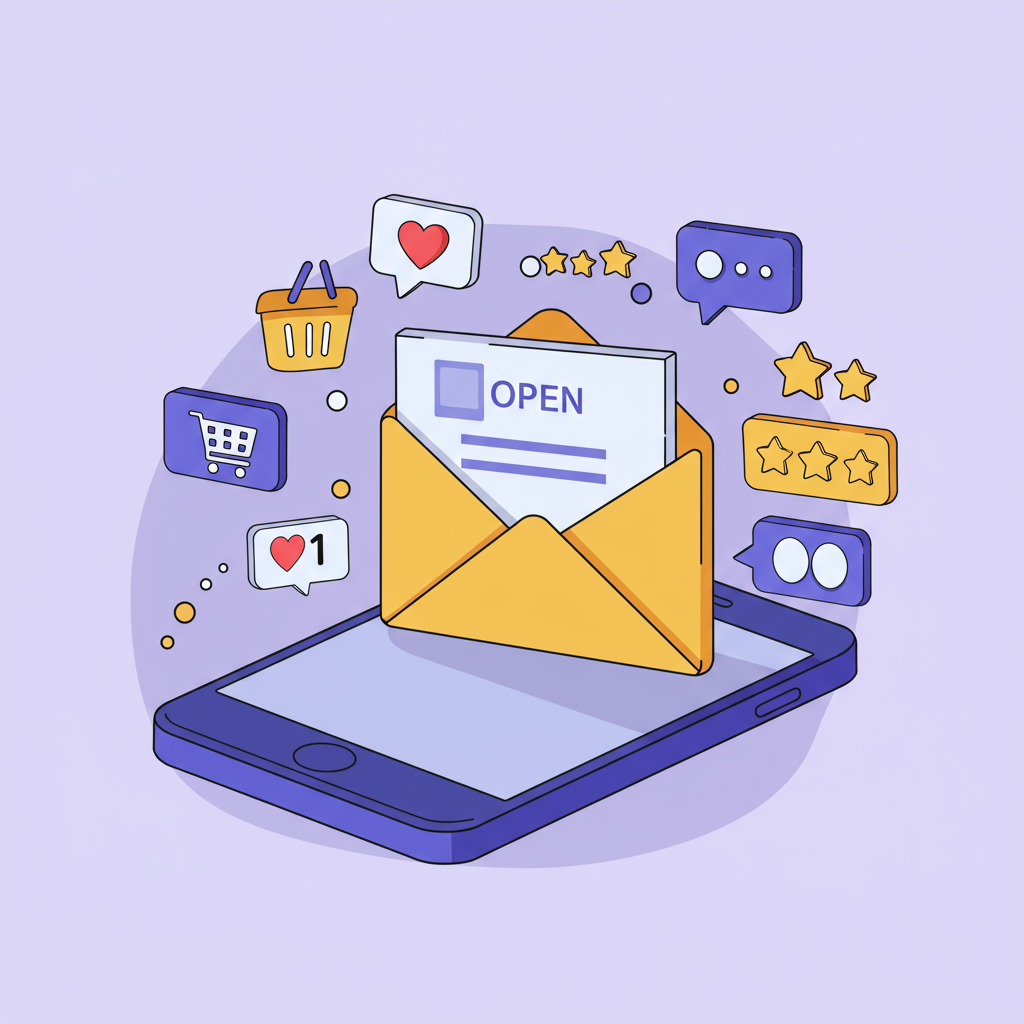A comprehensive guide for Shopify merchants to build powerful email sequences that convert new subscribers into loyal customers.
Hello fellow Shopify merchants! I’m here today to talk about one of the most powerful, yet often underutilized, tools in your e-commerce arsenal: the onboarding email series.
When a new customer or subscriber joins your list, it’s not just an email address; it’s an opportunity to build a lasting relationship. This initial period is crucial for setting the tone and guiding them towards becoming loyal, repeat buyers.
I’ve seen firsthand how a well-crafted onboarding series can significantly boost engagement, reduce churn, and ultimately, drive sales. It’s about more than just sending a “welcome” email; it’s about creating a journey.
In this article, I’ll walk you through the process of designing an effective onboarding email series specifically tailored for your Shopify store. We’ll cover the purpose of each email, what to include, and some best practices I’ve picked up along the way.
So, why is an onboarding series so important? Think of it as your digital handshake. It’s your chance to make a fantastic first impression, introduce your brand’s personality, and show new subscribers exactly what value you offer.
Without a structured onboarding process, new subscribers might feel lost, unsure of what to do next, or even forget why they signed up in the first place. We want to avoid that at all costs!
A strategic series helps you nurture leads, educate them about your products, build trust, and gently nudge them towards their first purchase, or even their second and third. It’s about building a community, not just a customer base.
Before we dive into the specific emails, let’s touch on some core principles. First, personalization is key. Always use the subscriber’s name and segment your lists where possible to send more relevant content.
Second, keep your emails concise and focused. Each email should have a clear purpose and a single, strong call to action (CTA). Don’t overwhelm your readers with too much information.
Third, ensure your emails are mobile-friendly. A vast majority of people check their emails on their phones, so responsive design isn’t just a nice-to-have; it’s a must-have.
Now, let’s outline a typical 5-email onboarding series that I’ve found to be highly effective for Shopify stores. This structure provides a good balance of introduction, value, and gentle persuasion.
**Email 1: The Welcome Email (Sent Immediately)**. This is your first impression, so make it count! Its primary purpose is to confirm their subscription and express gratitude.
I always recommend including a warm thank you, a brief introduction to your brand, and perhaps a small welcome gift like a discount code or free shipping offer to encourage that first purchase.
Don’t forget to clearly link back to your store, perhaps highlighting best-selling collections or new arrivals. A simple “Shop Now” button works wonders here.
**Email 2: Your Brand Story & Value Proposition (Sent 1-2 days later)**. Now that they’re welcomed, it’s time to deepen the connection. This email is where you share your “why.”
Tell your brand’s story. What inspired you to start? What problem do you solve? What makes your products unique? This helps build an emotional connection and differentiates you from competitors.
I often include a link to an “About Us” page or a blog post that elaborates on our mission. Authenticity resonates deeply with customers.
**Email 3: Product Deep Dive & Education (Sent 2-3 days later)**. By now, they know who you are. Let’s show them what you do best. This email focuses on educating them about your products.
Pick a specific product category or a common problem your products solve. Provide helpful tips, how-to guides, or highlight key features and benefits.
For example, if you sell skincare, you might explain the benefits of a particular ingredient. If you sell home goods, show different ways to use a product. Visuals like GIFs or short videos can be very effective here.
**Email 4: Social Proof & Community (Sent 3-4 days later)**. People trust other people. This email leverages the power of social proof to build confidence and credibility.
Share glowing customer testimonials, product reviews, or user-generated content (UGC) from social media. Show them that others love your products and are having great experiences.
I also like to include links to our social media profiles and encourage them to join our community. This fosters a sense of belonging and provides another touchpoint.
**Email 5: The Call to Action & Urgency (Sent 4-5 days later)**. This is where we gently push for that conversion, or re-engage those who haven’t purchased yet.
Remind them of the value you offer and any initial welcome offer they might have received. Create a sense of urgency, perhaps with a limited-time discount or a “last chance” reminder.
Make the CTA crystal clear: “Shop Our Bestsellers,” “Complete Your Purchase,” or “Explore New Arrivals.” Ensure it’s easy for them to click through and buy.
Beyond this 5-email series, remember to continuously optimize. A/B test your subject lines, content, and CTAs to see what resonates best with your audience.
Utilize Shopify’s analytics and your email marketing platform’s reports to track open rates, click-through rates, and conversion rates. This data is invaluable for refining your strategy.
Consistency in branding – colors, fonts, tone of voice – across all your emails and your Shopify store is also paramount. It builds recognition and trust.
Implementing an effective onboarding email series is a game-changer for any Shopify merchant. It transforms new sign-ups into engaged customers and lays the groundwork for long-term loyalty.
It’s an investment of time that pays dividends by building stronger relationships and driving consistent sales. I truly believe it’s one of the most impactful automation you can set up.
What do you think about this article? I’d love to hear your thoughts or any strategies you’ve found successful in your own Shopify onboarding efforts!






